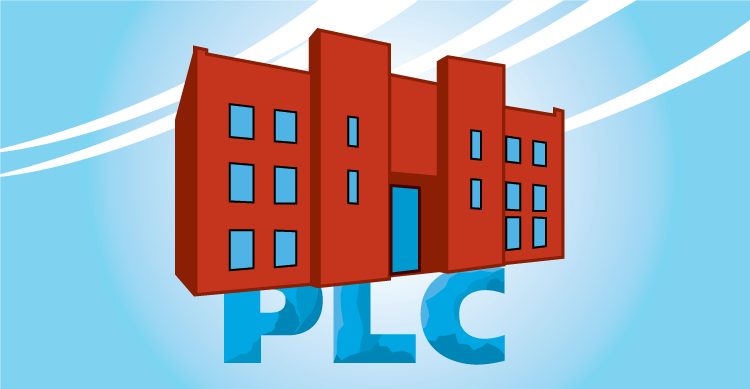The commitment of our district, the Sanborn Regional School District in New Hampshire, to build highly functioning Professional Learning Communities within each school has been the driving force behind the significant changes that have taken place in Sanborn over the past five-plus years. Professional Learning Communities are the foundation for any of the work we have been engaged in during this time. Our success in implementing a competency-based educational system within our district is evidence of this PLC work, and would not be as successful without our interdependent teams working together as they have.
At Sanborn, we have applied the 4 Critical Questions for Consideration to guide our work around competencies within our schools. Throughout our journey, these four questions have assisted us in ensuring we are providing appropriate and meaningful opportunities for all of our students to demonstrate competency.
1.) What is it we expect students to learn?
- Our teachers are now crystal clear about what students are expected to know and demonstrate in their learning. This should never be a mystery, and through backwards design planning, the outcomes for any unit are established and made clear to our learners.
- Our teachers increased understanding of competencies ensures a guaranteed and viable curriculum. Our district has K-12 high-leverage competencies that guide the learning for our students. Underneath the umbrella of the competencies and within the assessment itself, teachers identify the leverage standards that will be assessed within each assessment.
2.) How will we know when students have learned it?
- Team-designed rubrics outline precisely what students are expected to know. Competency is the ability for students to “transfer” their learning in and across content areas, therefore, our teachers provide real-world problems and cross-curricular assessment opportunities for students to demonstrate this transfer of knowledge into other applicable situations.
- Team-created common assessments are the driving force behind gathering data specific to each student’s progression of learning. This information is then collaboratively analyzed to inform the next instructional steps and learning pathways for each student.
Which leads us to the third critical question…
3.) How will we respond when some students don’t learn it?
- This component is imperative within any educational system committed to Learning for All. Our district has integrated multiple tiers of support, K-12, for all learners. Not learning foundational knowledge is not an option in our system. We have committed to providing the time and resources within our daily schedule at all levels to ensure ALL students learn, and do so at the highest levels possible.
- Our schedules in each school allow students to receive additional instruction or support, depending upon the child’s particular needs. This occurs each school day during a Tier 2 time. We developed these schedules collaboratively with teacher leaders at each school to maximize the resources that are available within each grade level to allow for smaller group instruction for those students who benefit from it.
- This is above and beyond what ALL students are exposed to during Tier 1, and students who may require additional support (a much smaller percentage) receive Tier 3 instruction, as well.
4.) How will we extend and enrich the learning for students who have demonstrated proficiency?
- A competency-based educational system lends itself very well to those students needing challenge, as well. The same tiers that provide support provide various opportunities for extension. Students are provided opportunities to demonstrate a deeper depth of knowledge (Level 4 DOK) within their assignments, and are provided with opportunities to extend through personalized experiences.
- This support also occurs during this “second tier” of instruction, but it is important to note that competency education by design allows for a more personalized approach to learning because students have an increased understanding of their own learning needs throughout the entire day.
A majority of the “behind-the-scenes” work in a competency-based system is accomplished during collaborative team meetings. Teams must identify the competencies and anchor standards that are going to be assessed in their units of study, build performance assessments that truly assess these competencies, run these performance assessments through a “vetting” process for quality assurance, review and assess student work together, then revise/refine the assessment accordingly. In addition, teams of teachers must provide re-teaching and opportunities for extension based upon the assessment results. This must be coordinated within the teams to ensure that every student is receiving what he/she needs. Highly functioning Professional Learning Communities are imperative for this work to occur and for it to occur at high levels. The result? High levels of student growth and learning.
[author_bio id=”186″]






